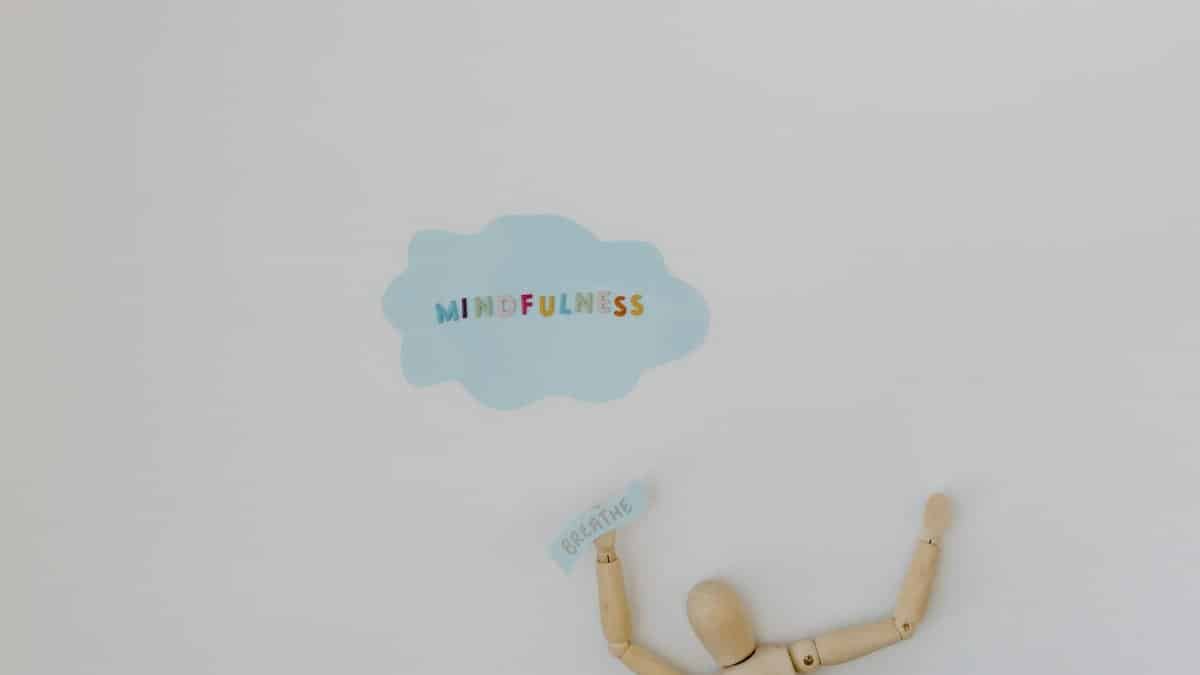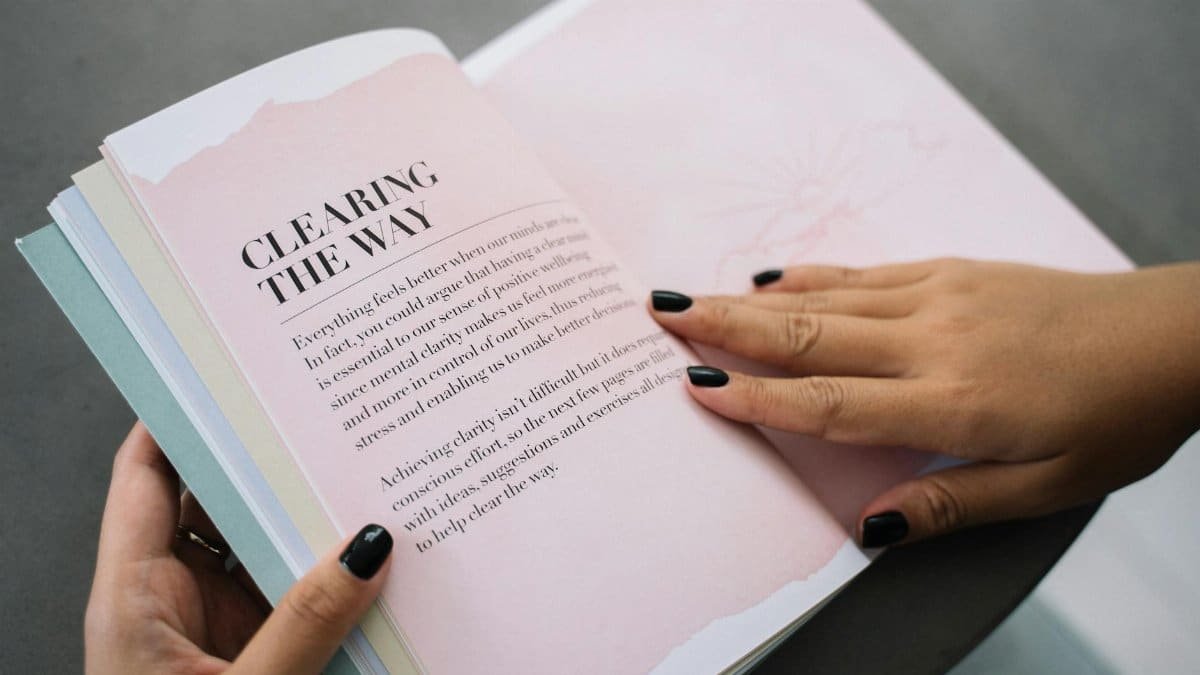Walk down any street in Brooklyn these days, and you might notice yoga studios blending ancient practices with modern twists, or wellness cafes buzzing with talk of holistic therapies. This subtle shift reflects a growing embrace of mind-body healing across the U.S., where people seek ways to mend not just physical ailments but emotional scars too. Amid this trend, lucid meditation emerges as a powerful tool, drawing from awareness techniques akin to lucid dreaming but applied in waking states. It promises to unlock deep inner wisdom by fostering a conscious dialogue between mind and body. As Americans grapple with stress from work, relationships, and daily chaos, this practice offers a path to clarity and self-discovery. Recent surveys show more than half of adults now explore mindfulness methods, signaling a cultural pivot toward integrative health. But what makes lucid meditation stand out in this landscape?
1. Enhancing Self-Awareness Through Conscious Breathing

Lucid meditation begins with something as simple as breath. Practitioners focus on inhaling deeply, feeling the air fill their lungs, then exhaling slowly, releasing tension. This isn’t just rote exercise; it’s a gateway to mind-body healing. By tuning into these rhythms, people often uncover hidden stresses stored in tight shoulders or a clenched jaw.
Consider a busy teacher in Chicago who started this practice after burnout hit hard. She described how, during sessions, she noticed her breath catching on worries about grading papers. Over weeks, that awareness shifted, allowing her to address those anxieties directly. It’s not magic—it’s neuroscience at work. Studies from the National Institutes of Health highlight how mindful breathing activates the parasympathetic nervous system, reducing cortisol levels and promoting healing.
Yet, the real unlock comes in the wisdom gained. As self-awareness grows, so does the ability to listen to the body’s signals, turning everyday meditation into a profound tool for inner insight. One online account shared anonymously captured it well: feeling the breath revealed long-ignored grief, leading to unexpected emotional release.
2. Bridging Emotional Gaps with Visualization

Visualization in lucid meditation involves picturing serene scenes or personal goals with vivid detail. This technique bridges the emotional gaps that often plague mind-body healing, allowing practitioners to confront fears in a safe mental space.
Imagine a veteran from Texas, haunted by past traumas. Through guided visualizations, he envisioned walking through a peaceful forest, each step dissolving fragments of anxiety. Such stories illustrate how the mind can rewire responses, fostering resilience. Research from Harvard Medical School supports this, showing visualization alters brain pathways associated with stress.
The process varies. Some start with colors representing emotions—blue for calm, red for anger—then blend them into harmony. This isn’t abstract; it leads to tangible shifts, like improved sleep or reduced chronic pain. The inner wisdom here? Recognizing that emotions aren’t enemies but guides, ready to be integrated through focused imagery.
Transitions between sessions feel seamless, as one visualization builds on the last, creating a narrative of personal growth.
3. Cultivating Intuition via Body Scans

What if a quick scan of your body could reveal intuitive truths? In lucid meditation, body scans do just that. Lying still, you mentally travel from toes to head, noting sensations without judgment. This method deepens mind-body healing by highlighting areas of disconnection.
A nurse in Seattle tried it amid shift work exhaustion. She felt a knot in her stomach during scans, linking it to unspoken resentments at her job. Addressing that intuition changed her approach to boundaries, easing physical fatigue. It’s backed by findings from the National Center for Biotechnology Information, where body awareness practices improved emotional regulation.
Dive deeper, and the wisdom unfolds in layers. Short scans reveal immediate needs, like hunger masked as irritability, while longer ones uncover patterns, such as recurring tension tied to family dynamics. The beauty lies in its accessibility—no tools required, just presence.
4. Releasing Trauma Through Lucid Dialogues

Lucid meditation often includes internal dialogues, where you converse with aspects of yourself. This unlocks wisdom by releasing trauma, a core element of mind-body healing. It’s like therapy in solitude, questioning the inner critic or comforting the wounded child.
Picture a writer in Los Angeles, plagued by self-doubt. In meditation, she dialogued with her fears, asking why they persisted. Answers emerged: echoes of childhood criticism. This revelation spurred healing, transforming doubt into creative fuel. Evidence from the American Psychological Association underscores how such self-talk reduces anxiety.
Not every session is linear. Some days, dialogues meander, revealing unexpected connections, like how physical aches stem from emotional burdens. The key is patience, allowing wisdom to surface organically, often in whispers rather than shouts.
As practices accumulate, these conversations build a reservoir of insight, making daily decisions more aligned with true self.
5. Boosting Resilience with Mindful Movement

Incorporate gentle movement, and lucid meditation transforms. Think slow walks or yoga flows where awareness stays sharp. This boosts resilience, enhancing mind-body healing by syncing physical action with mental clarity.
A retiree in Florida found solace here after losing a spouse. Moving mindfully through poses, he processed grief, feeling it ebb with each stretch. It’s not just anecdotal; a study from the American Psychological Association links mindful movement to lower depression rates.
Variety keeps it engaging. One might dance freely, another pace a room. The unlocked wisdom? Understanding resilience as a bodily experience, not abstract concept. Tensions arise too—pushing too hard can backfire—but navigating them teaches balance.
6. Accessing Subconscious Insights in Stillness

Stillness in lucid meditation invites subconscious insights to rise. Sitting quietly, you observe thoughts without attachment, a practice that taps into deep wisdom for mind-body healing.
An entrepreneur from New York hit a creative block. In stillness, ideas bubbled up—solutions to business woes tied to personal insecurities. This mirrors findings from the Stanford University news on how meditation enhances creativity.
Sentences shorten in these moments: Breathe. Observe. Release. Longer reflections follow, piecing together subconscious puzzles. It’s complex; distractions pull, but returning to stillness refines focus, revealing patterns like how stress manifests as digestive issues.
Over time, this builds a quiet confidence, where inner wisdom guides choices intuitively.
7. Fostering Compassion Through Heart-Centered Focus

Shift focus to the heart, and lucid meditation fosters compassion. Visualize warmth radiating from your chest, extending to self and others. This nurtures mind-body healing by dissolving barriers of judgment.
A social worker in Boston used it to combat empathy fatigue. Heart-centered sessions renewed her capacity for care, easing headaches born from emotional overload. Supported by research from the Greater Good Science Center at UC Berkeley, compassion practices aid trauma recovery.
The approach varies: some pair it with affirmations, others with memories of kindness. Wisdom emerges in forgiveness, often of oneself first, leading to profound shifts in relationships and health.
8. Integrating Wisdom into Daily Life

Finally, lucid meditation integrates unlocked wisdom into everyday routines. Brief pauses throughout the day recall meditative states, applying insights to real-world challenges.
Take a parent in Denver, juggling kids and career. Morning sessions informed her responses to tantrums, drawing from inner calm. This integration, per a Pew Research report on wellness trends, is rising among Americans seeking balance.
It’s not seamless—old habits resist—but persistence pays off. Short bursts maintain momentum, weaving mind-body healing into commutes or meals. The ultimate wisdom? Healing isn’t isolated; it’s lived, transforming ordinary moments into opportunities for growth.
